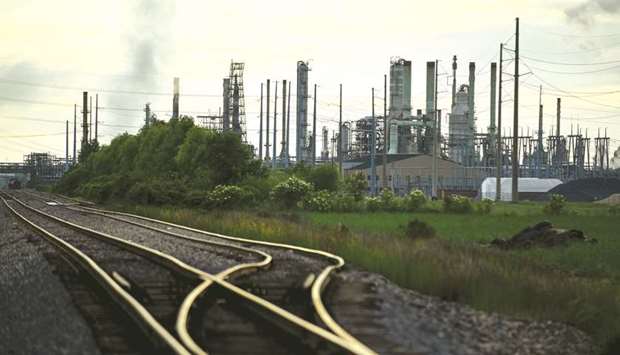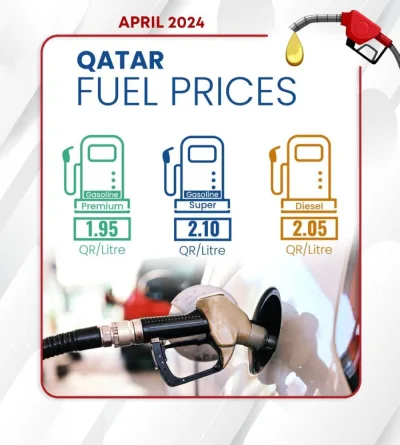A change in ship fuel that seemed like a sure profit churner for sophisticated refiners a year ago isn’t a clear winner now.
When the International Maritime Organisation imposed clean-fuel rules for ships starting in 2020, the popular outlook was that thicker, dirtier crude would plummet in price, as it yields more of the high-sulphur fuel oil that can’t be burned unless ships have special equipment to scrub their emissions. Diesel prices would surge as vessel owners use it as a substitute.
But sanctions on Iran and Venezuela, supply cuts by Opec and its allies, contaminated oil from Russia and a lack of pipelines from Western Canada have combined to push up heavy crude prices just as refiners are gearing up to produce the cleaner fuel. That’s slashed the margins for the refiners able to turn the dirtiest crude into clean fuel, who appeared to be in line for a big payday.
“It was not a good year for people betting on heavy oil production helping them get large margins from IMO,” said Debnil Chowdhury, head of North American Refining for IHS Markit. “It’s going to be a complicated pricing exercise by the market.”
Heavy crude has surged this year relative to lighter grades. Mars, pumped from the Gulf of Mexico, and Western Canadian Select from Alberta reached the strongest levels versus benchmark futures in as many as five years. Gulf Coast high-sulphur fuel oil traded at a premium to crude for an extended period for the first time since 2013.
The IMO 2020 rule will reduce demand for 3.5% sulphur fuel by 1.3mn barrels a day in 2020, Richard Chatterton, an analyst at BloombergNEF, said in a May 29 report. Daily demand for distillate fuels such as diesel will increase by 1.75mn barrels.
While complex U.S. refiners such as Phillips 66, Valero Energy Corp and Marathon Petroleum Corp are poised to benefit from IMO 2020, the outlook for them isn’t as rosy as it was a year or two ago, Fernando Valle, oil and gas analyst for Bloomberg Intelligence, said by phone.
“The amount of margin has probably contracted significantly mostly because of the loss of heavy barrels,” he said.
In May, Marathon said it was cancelling plans to expand coking capacity at the Garyville, Louisiana, refinery, citing its long-term outlook for heavy crude amid lower production from Venezuela, slower Canadian pipeline development and Iran sanctions. While the expansion wasn’t motivated by the IMO rule, the “IMO bump” expected in 2020, 2021 and 2022 laid “the economic basis” for the project, Raymond Brooks, executive vice president of refining, said in December.
Higher prices aren’t stopping other projects. Globally, the oil industry is projected to add 1.9mn barrels a day of coking capacity by 2023, according to research firm GlobalData. Asia will lead the way, adding 775,000 barrels a day, according to Sumit Chaudhuri, the company’s oil and gas analyst.
“Seems like a bad investment right now, but we do see them shifting back to favorable economics at the end 2019 and early 2020,” said Chris Barber, head of refining and biofuels analysis at ESAI Energy.
On Thursday, Goldman Sachs Group Inc upgraded Valero’s stock to “buy,” saying the refiner is among beneficiaries from IMO 2020 rules due to its high distillate yield. Still, refiners would be wise to temper expectations, IHS’s Chowdhury said. “If I was a refiner, I would probably be conservative. I would not like to set a market expectation of something that potentially wouldn’t happen.”

Marathon Petroleum’s Garyville refinery stands in Garyville, Louisiana (file). A change in ship fuel that seemed like a sure profit churner for sophisticated refiners a year ago isn’t a clear winner now.


